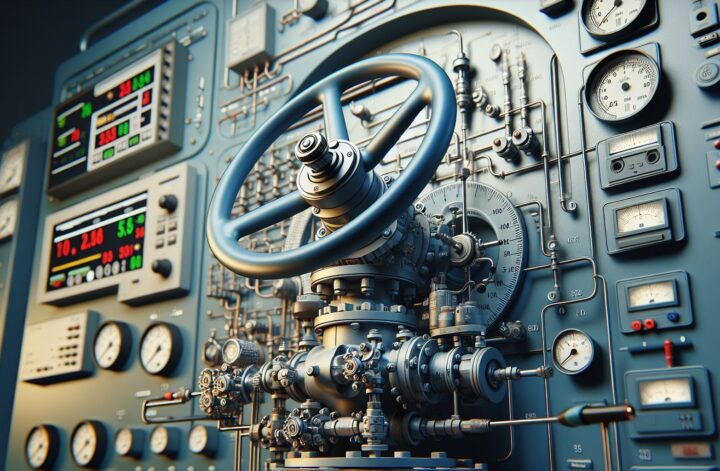Ever thought of how trains always run smoothly on tracks without colliding into each other? Or how your home heating system regulates the temperature to keep you warm and relaxed? It’s all thanks to the fascinating world of valve control systems. Today, we’re diving into a specific topic that often seems intricate but is undoubtedly intriguing: valve control simulation.
What is a Valve Control Simulation?
Valve control simulation is the process of creating a digital replica of a physical valve control system. Here, we use software tools to create a model that represents the behavior of a real-world valve control system. Through the simulation, engineers can review and tune valve control systems’ performance under various conditions before physical testing or implementation. It serves as the testing ground to predict the performance of valve control systems, help identify and resolve potential issues, and optimize for top-notch performance[^1^].
Why is Valve Control Simulation Important?
For a good catch, fishermen cast their nets far and wide. They won’t know whether they’ll catch a fish or not. But they can land a decent catch with a mixture of experience and analysis. It’s the same with valve control systems. Implementing a physical valve control system without understanding how it will react under diverse situations might lead to system failure or inefficient performance.
Valve control simulations help mitigate such eventualities. It’s like viewing a picture of what the future holds, enabling us to perfect the current setting. This makes it essential during the planning and design phase of valve control and system processes, as it aids in determining the optimum configuration and setup.
Benefits of Valve Control Simulation
Valve control simulation comes with a host of benefits. Let’s break them down:
1. Saves time and cost:
By predicting the system’s future behavior, engineers can make modifications and improvements without dealing with a live, running system. This saves downtime and associated operational costs.
2. Safety:
Simulations can reveal potential system fails. With this information at hand, engineers can make the necessary changes, resulting in a safer, more reliable system.
3. Performance and Efficiency:
By validating design choices ahead of implementation, engineers ensure the system is designed for optimum performance and efficiency[^2^].
4. Innovation and Experimentation:
Valve control simulation isn’t limited to existing systems. It’s also used to develop new valve designs or modifications. Here, innovation and experimentation reign supreme, as various designs can be trial run without the risks and costs associated with physical tests.
The Process of Valve Control Simulation
Simulation of valve control systems usually involves several steps:
-
Developing a Model: This involves creating a schematic model of the valve system. It includes all crucial factors such as valve characteristics, environment, and connected elements.
-
Running Simulations: After modeling, engineers run the simulations with different input conditions.
-
Reviewing Results: The outcomes help understand how the controls respond and the potential improvements needed.
-
Modification and Retesting: This is where the fun starts. Simulation findings lead to relevant modifications for better results, rounding off with retesting until the results meet the required standards.
Valve control simulation is an intricate subject, but we trust that you’ve found this overview helpful. So the next time you marvel at a smoothly running industrial system or temperature control, you know some tech-savvy engineers have probably utilized valve control simulation to prevent a good round of head-scratching later on.
Here’s to the beauty of valves and the modern marvel of simulation!
[^1^]: Valve Control Dynamics in System Simulation.
[^2^]: The Value of Simulation in the Performance Evaluation and Maintenance of Control Valves.




